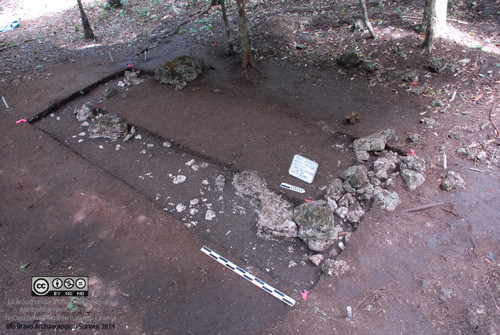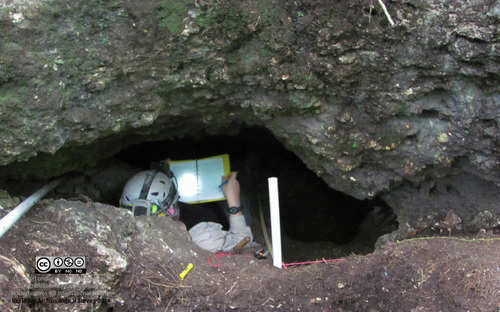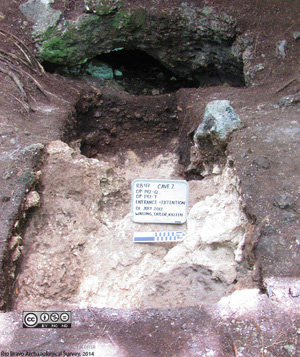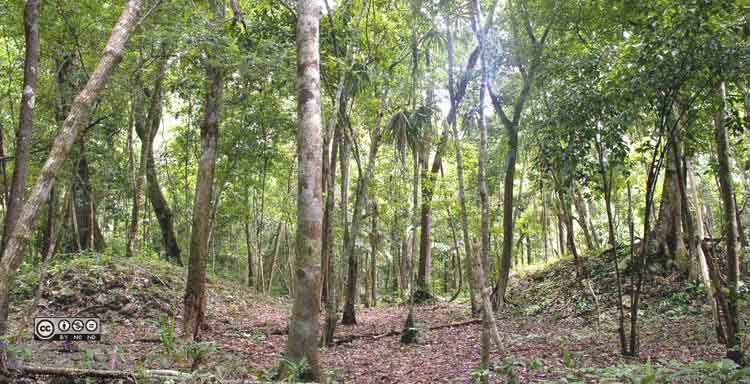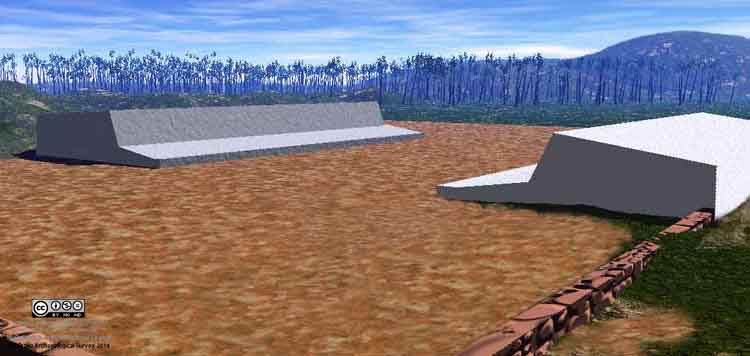Commoner Archaeology
The RBAS and the Field School have focused their energies over several seasons on the investigation of the remains of commoners, the “average” members of Maya Culture, who constituted 95% or more of this ancient civilization. What has emerged from our investigations is a view of Maya commoners as living far more multifaceted lives than was previously believed. Sophisticated placement of structures on the landscape, ingenious manipulation of water across our investigative site, as well as evidence for complex ceremonialism, are giving us insight into the complicated nature of the lives of these “everyday” people. The evidence that is emerging from the site of Chawak But’o’ob (the current focus of investigations in our larger survey zone) are helping us see that the lifestyle of Maya commoners was very likely a complex and highly developed component of Classic Maya Civilization.
Commoner Ceremonialism
One of the most important aspects of our research is the investigation of the ceremonial component of commoner lives. The unexpectedly rich remains of ancient ritual at the site of Chawak But’o’ob include a stone household altar and possible ceremonial mask in one of the residential zones as well as a sweat house and ritual ballcourt, which were situated adjacent to caves, at least one of which was used for ceremonial purposes. Ballcourts, which were typically situated at the center of ancient Mesoamerican cities were the focal points for ritual, politics, and religious belief. Very few ballcourts have been found in commoner contexts. For this reason, the two ballcourt structures and associated buildings at Chawak But’o’ob are a highly unusual building complex. Remarkably, the ballcourt’s ritual sweat house, associated caves, and the ballcourt buildings themselves are set in a distinctive natural landscape and integrated with extensive land modifications and water control features. This placement, among other things, suggests the Maya of this ancient community maintained a sophisticated understanding of the environment and system of religious beliefs. Such sophistication runs counter to the traditional view of Maya commoners as following orders “from above” and not being active agents in their own lives. Our investigations in large part this season will be an effort to decipher the meaning the ballcourt and caves, as well as this water-crossed landscape had to the inhabitants of this ancient site.
